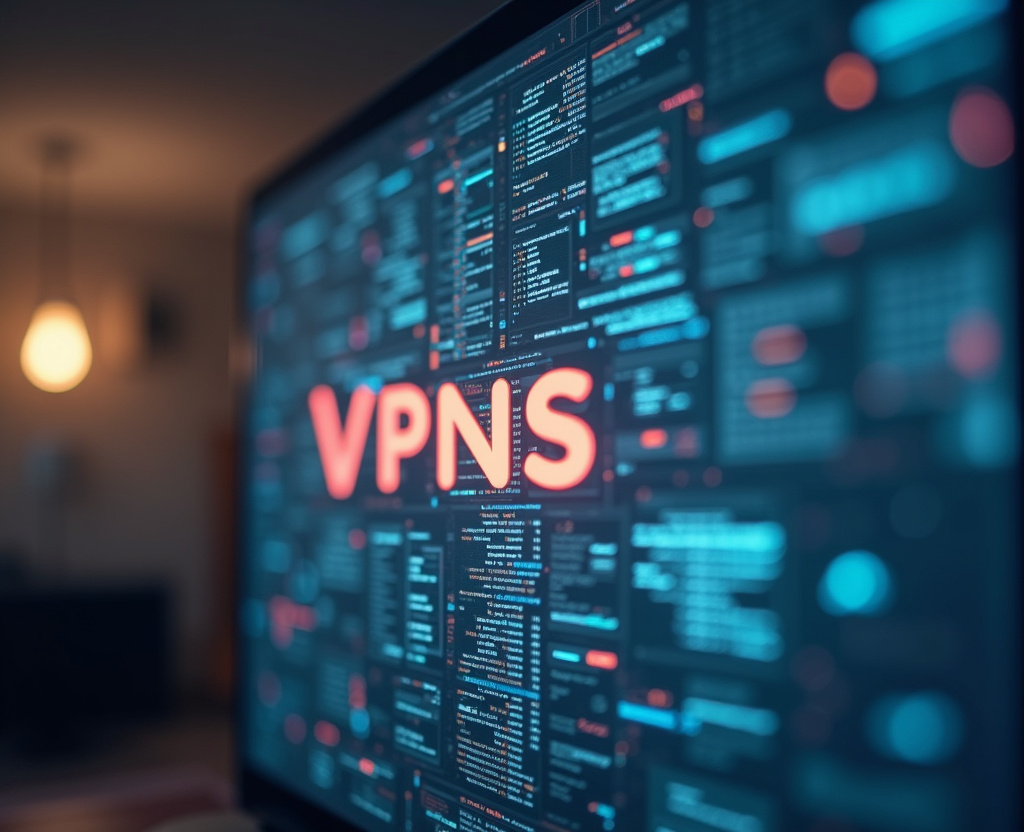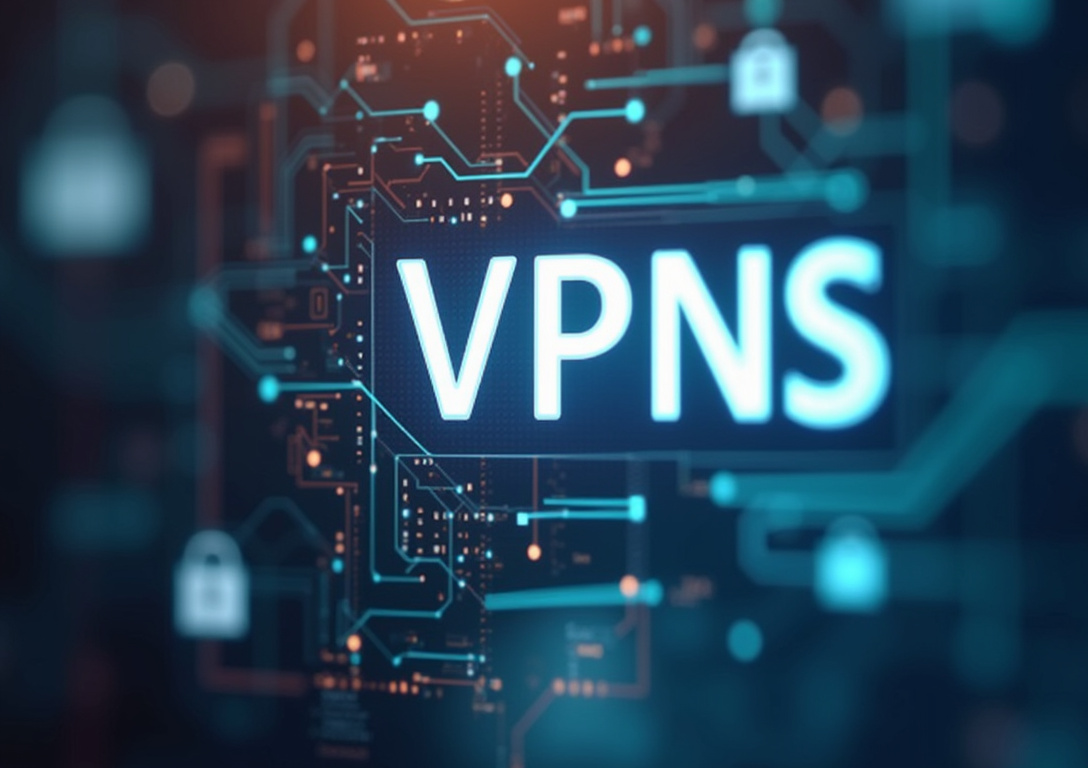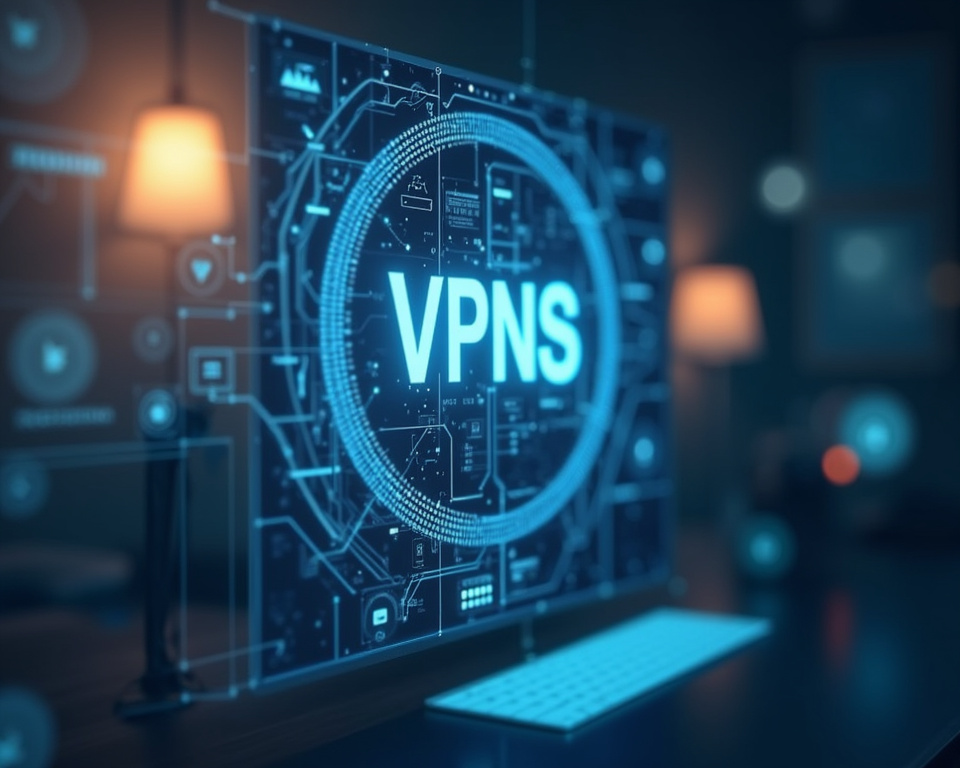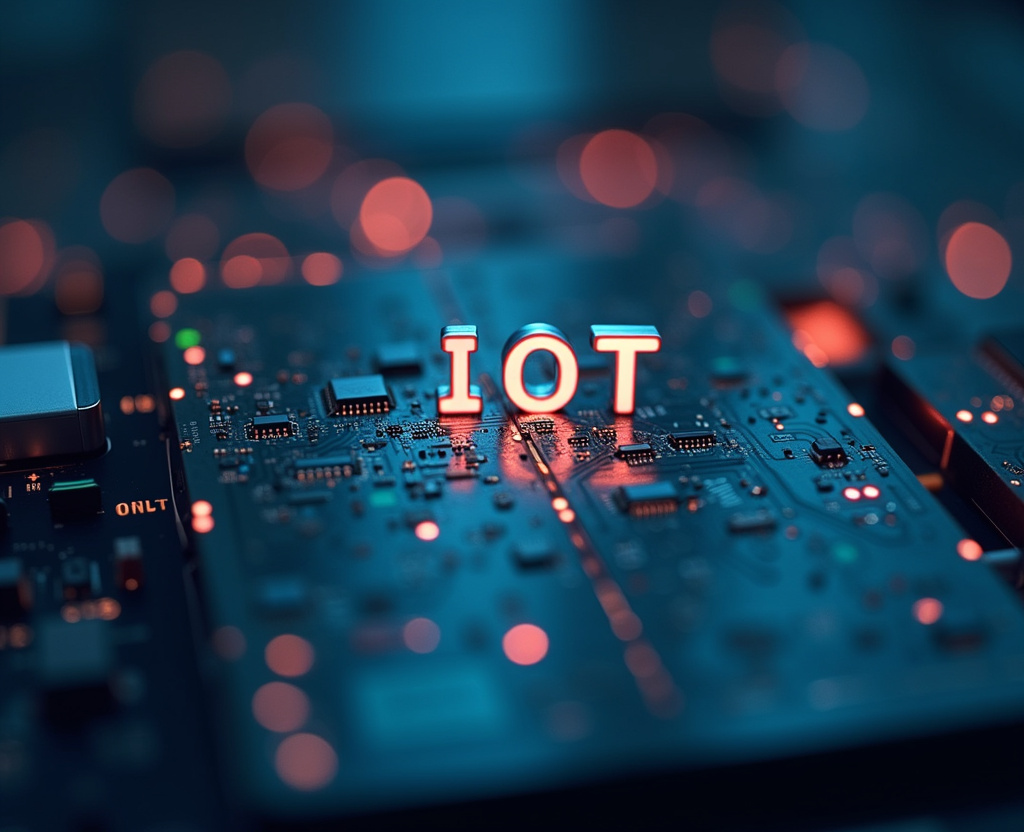VPNs for Smart Home Developers: Protecting IoT Ecosystems
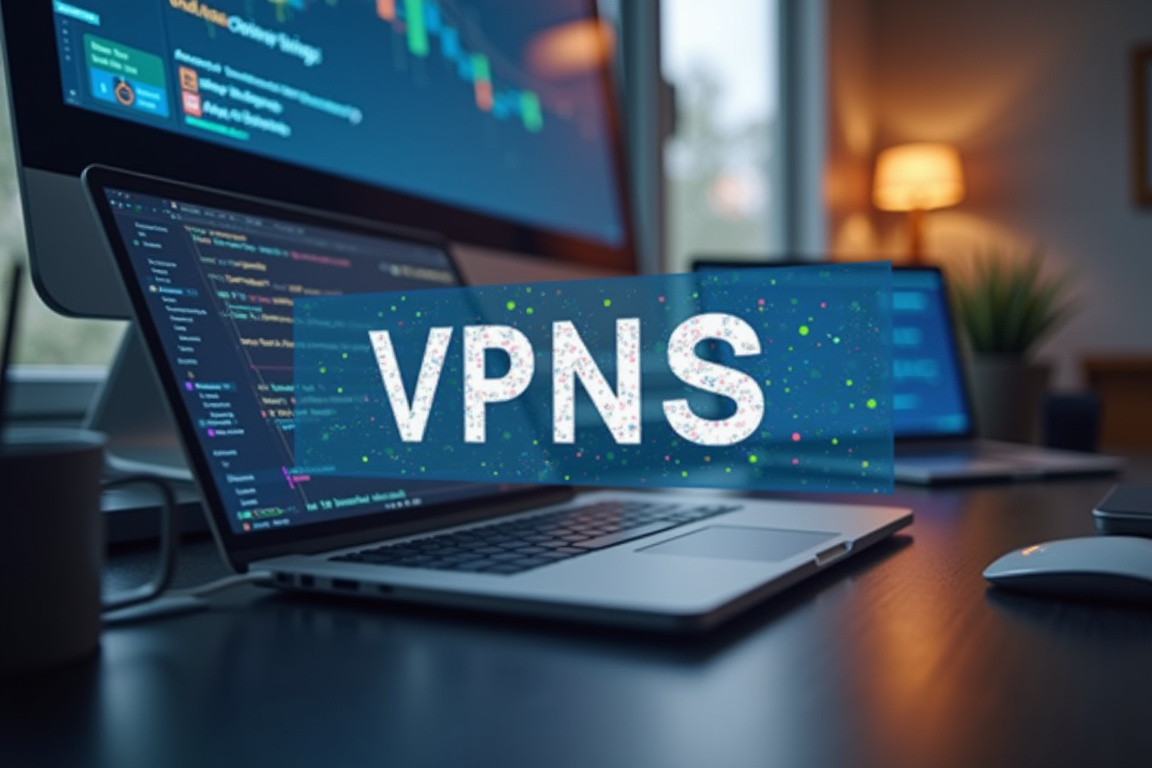
Table of Contents
The modern smart home, a tapestry woven with interconnected devices, promises unparalleled convenience and automation. Imagine controlling your home's lighting, temperature, security, and entertainment systems all from the palm of your hand. This reality, fueled by the proliferation of Internet of Things (IoT) devices, has rapidly transformed our living spaces.
However, this interconnectedness introduces a complex web of security vulnerabilities that developers must address with unwavering diligence. The very essence of a smart home – its reliance on constant data exchange – makes it a tempting target for cyberattacks, underscoring the critical need for robust security measures. This article delves into the essential role of Virtual Private Networks (VPNs) in safeguarding smart home ecosystems.
For smart home developers, VPNs are not merely a security add-on; they are a fundamental component for achieving robust *IoT security*, ensuring the *device integrity* of every connected gadget, upholding stringent *user data protection* standards, and, ultimately, fostering consumer trust in the entire smart home experience. *Smart home VPN* solutions empower developers to build more secure and resilient IoT ecosystems, mitigating the risks associated with the increasing complexity and interconnectedness of these environments. The vulnerability landscape within a smart home is vast and varied.
Each device, from smart thermostats and connected refrigerators to security cameras and voice assistants, represents a potential point of entry for malicious actors. Unlike traditional computers and smartphones, these devices often have limited processing power, memory, and security features, making them more challenging to secure with conventional antivirus software and firewalls. Furthermore, many devices are manufactured with default passwords, outdated firmware, and poorly implemented security protocols, leaving them exposed to a wide range of known vulnerabilities.
A single compromised device can serve as a stepping stone for attackers to gain access to the entire home network, potentially stealing sensitive user data, disrupting critical services, or even taking control of physical devices, such as smart locks or security systems. The potential consequences of a successful attack are devastating, ranging from financial losses and privacy breaches to physical harm and a complete erosion of trust in the smart home ecosystem. *VPN for developers* offers a vital security layer by creating encrypted tunnels for data transmission, thereby shielding sensitive information from prying eyes.
This encryption scrambles the data, rendering it unreadable to eavesdroppers, even if they manage to intercept the network traffic. By routing all network traffic through a VPN server, developers can effectively mask their IP addresses and prevent their devices and networks from being tracked or identified. This is particularly important for protecting against man-in-the-middle attacks, where attackers position themselves between devices and servers to intercept and manipulate communication.
A correctly implemented *smart home VPN* can also help developers enforce granular access control policies, defining specifically which devices can communicate with each other and restricting unauthorized access to sensitive data residing within the network. This isolates potential breaches to the extent possible and helps with remediation. The benefits of VPN integration extend beyond the security of individual devices; they encompass the entire smart home development lifecycle.
During development and testing phases, VPNs can be used to create isolated and secure environments for simulating real-world operating conditions without exposing sensitive data to the public internet, so security flaws can be handled properly without endangering sensitive user information. This allows developers to proactively identify and address vulnerabilities before deploying their products to end-users. Furthermore, a properly configured VPN facilitates secure remote access for geographically distributed development teams, enabling seamless collaboration and efficient troubleshooting from anywhere in the world, all while maintaining a high level of security and confidentiality.
Embracing *VPN for developers* is not simply about installing a single software package; it requires a holistic and strategic approach to security, one that is deeply integrated into every stage of the smart home development process, from initial design and coding to testing, deployment, and ongoing maintenance.
The paramount importance of rigorous *user data protection* measures within smart home environments cannot be overemphasized. Smart homes, by their very nature, collect and process vast quantities of personal information, providing insights into users' daily routines, preferences, and behaviors. This data can include everything from energy consumption patterns and entertainment choices to sleep schedules, location data, and even biometric information gathered from wearable devices.
This wealth of data is extraordinarily valuable – not only to legitimate businesses seeking to improve their services and personalize user experiences, but also to malicious actors who can exploit it for nefarious purposes. Therefore, developers bear a profound responsibility to protect this sensitive data with unwavering diligence, not only to comply with ever-evolving data privacy regulations but also to earn and maintain the trust of their users, which is essential for the long-term success of any smart home ecosystem. A strategically implemented *smart home VPN* acts as a powerful and versatile shield, fortifying data both in transit and at rest.
By providing robust encryption for all data transmitted between devices and the cloud, a VPN makes it extraordinarily difficult, if not impossible, for attackers to intercept and steal sensitive user information. This is particularly crucial for mitigating the risks associated with eavesdropping attacks, in which malicious actors passively monitor network traffic to capture usernames, passwords, financial details, and other confidential credentials. The encrypted VPN tunnel effectively renders this data unreadable to unauthorized parties.
Beyond simply encrypting data, a properly configured *smart home VPN* can also play a key role in helping developers comply with increasingly stringent data privacy regulations, such as the European Union's General Data Protection Regulation (GDPR) and the California Consumer Privacy Act (CCPA). These regulations mandate that organizations implement appropriate technical and organizational security measures to protect personal data from unauthorized access, use, and disclosure. Failure to comply with these regulations can result in substantial financial penalties, as well as significant reputational damage.
*VPN for developers* can provide a robust foundation for building privacy-compliant smart home systems. In addition to encryption, a sophisticated VPN can also offer a range of advanced security features, such as intrusion detection and prevention systems (IDPS). These systems actively monitor network traffic for suspicious patterns and automatically block or mitigate potential threats.
This proactive approach enables developers to detect and respond to security incidents quickly, minimizing the potential impact of a breach and preventing further damage to the system. Furthermore, many VPN solutions provide centralized logging and monitoring capabilities, allowing developers to track network activity, identify potential security vulnerabilities, and respond promptly to emerging threats. This allows for continuous improvement in the security posture of the network.
Protecting *device integrity* is absolutely crucial for ensuring the overall security and stability of the smart home ecosystem. If a device is compromised, it can be used as a launching pad for attacks against other devices within the network, or even against external targets on the internet. Attackers can also exploit compromised devices to steal data, disrupt services, or, in the most extreme scenarios, even take physical control of critical home functions.
Ensuring the integrity of each device requires a multi-layered security strategy encompassing strong authentication mechanisms, regular and timely security updates, and continuous and robust real-time monitoring. A well-architected *VPN for developers* plays a crucial role in this effort by providing a secure and reliable channel for delivering security updates and monitoring device behavior. By encrypting all communication between devices and the update server, a VPN can prevent attackers from tampering with updates or injecting malicious code into the system.
This is particularly important for protecting against supply chain attacks, where attackers compromise a device's software or firmware before it even reaches the end-user. Regular security updates are absolutely essential for patching vulnerabilities and keeping smart home devices secure. However, many smart home devices are inherently difficult to update, either because they lack the resources to process updates or simply because manufacturers do not consistently provide timely updates.
A VPN can help mitigate this challenge by providing a secure and efficient mechanism for delivering updates to even older or resource-constrained devices.
When building a *smart home VPN* strategy, the selection of the appropriate tunneling protocol is essential for maximizing security, performance, and compatibility. The choice of protocol dictates the fundamental mechanisms used to establish and maintain the VPN connection, impacting encryption strength, connection speed, stability, and resource utilization. Some prevalent protocol options include OpenVPN, IPSec/IKEv2, WireGuard, and L2TP/IPSec, each with its own set of advantages and disadvantages.
OpenVPN is a highly regarded, open-source protocol renowned for its robust security features and extensive configuration flexibility. It offers a wide selection of encryption algorithms, allowing developers to tailor the security level to their specific needs. Moreover, OpenVPN can be configured to operate on diverse ports, making it more resilient to network firewalls and censorship.
The open-source nature of OpenVPN fosters community scrutiny and continuous improvement, contributing to its reputation for security and reliability. However, OpenVPN can be resource-intensive, potentially posing a challenge for deployment on low-power or resource-constrained IoT devices. Its relative complexity can also increase the learning curve for developers new to VPN technology.
IPSec/IKEv2 (Internet Protocol Security/Internet Key Exchange version 2) is another widely adopted protocol, frequently employed in enterprise-grade VPN solutions due to its robust security, excellent performance, and widespread compatibility. It is natively supported by most modern operating systems and mobile platforms, simplifying deployment across diverse device ecosystems. IKEv2 is known for its fast connection establishment and efficient handling of network address translation (NAT) traversal, making it well-suited for mobile devices that frequently switch between networks.
While IPSec/IKEv2 offers strong security, its configuration can be more complex than OpenVPN, potentially requiring specialized expertise to implement correctly. WireGuard is a relatively new, open-source VPN protocol that has gained significant traction in recent years due to its focus on simplicity, speed, and modern cryptography. It leverages state-of-the-art encryption algorithms and a streamlined codebase, resulting in significantly faster performance compared to OpenVPN and IPSec/IKEv2.
WireGuard's simplified design also reduces the attack surface and makes it easier to audit for security vulnerabilities. However, WireGuard is still a relatively young technology, and its long-term stability and security are still being evaluated by the security community. Furthermore, its adoption across different platforms is not as widespread as OpenVPN or IPSec/IKEv2.
L2TP/IPSec (Layer 2 Tunneling Protocol/Internet Protocol Security) is a legacy VPN protocol that combines L2TP for tunneling and IPSec for encryption. While L2TP/IPSec is relatively easy to configure and is supported by many operating systems, it suffers from several security vulnerabilities and performance limitations. It is generally considered less secure than OpenVPN, IPSec/IKEv2, and WireGuard, and is not recommended for new deployments.
In addition to selecting an appropriate VPN protocol, developers should also carefully consider the choice of encryption algorithms and key lengths. Strong encryption algorithms, such as AES-256 (Advanced Encryption Standard with a 256-bit key), should be used to protect the confidentiality of data. Shorter key lengths may offer better performance but at the cost of reduced security.
Developers should also implement proper key management practices to ensure the security of the encryption keys. Choosing the right tunneling protocol, encryption algorithms, and key lengths are critical decisions when implementing a *smart home VPN*.
Securing the smart home ecosystem requires more than just establishing a secure VPN connection; it demands a comprehensive approach to *IoT security* that encompasses robust authentication mechanisms, rigorous access control policies, and continuous security monitoring. Authentication verifies the identity of users and devices attempting to access the network, while access control determines the level of access granted to each authenticated entity. Continuous security monitoring provides real-time visibility into network activity, enabling the detection and mitigation of potential threats.
Strong authentication is the foundation of a secure smart home. Weak or default passwords are a common entry point for attackers, allowing them to easily compromise devices and gain access to sensitive data. Developers should enforce strong password policies, requiring users to create complex passwords that are difficult to guess.
Multi-factor authentication (MFA), which requires users to provide two or more forms of authentication, adds an extra layer of security and can significantly reduce the risk of unauthorized access. Biometric authentication, such as fingerprint scanning or facial recognition, can also be used to enhance security. In addition to strong passwords, developers should also implement secure key management practices to protect encryption keys and other sensitive credentials.
Access control policies should be designed to restrict access to sensitive resources based on the principle of least privilege, granting users and devices only the minimum level of access necessary to perform their intended functions. This reduces the potential impact of a security breach by limiting the scope of access that an attacker can gain. Access control policies should be regularly reviewed and updated to reflect changes in the smart home environment and to address emerging threats.
*VPN for developers* plays a significant part in creating an opportunity for a network design that can be subdivided into segments. Each segment can contain different rules and can limit both the incoming and outgoing traffic of the network. Network segmentation reduces the attack surface in the network, and by correctly designing it, makes it harder for attackers to move laterally in the smart home network.
Continuous security monitoring is essential for detecting and responding to security incidents in a timely manner. Developers should implement a centralized logging and monitoring system that collects and analyzes security logs from all devices in the smart home. This system should be capable of identifying suspicious activity, such as unusual network traffic patterns, unauthorized access attempts, and malware infections.
Security alerts should be generated automatically when suspicious activity is detected, allowing developers to respond quickly and mitigate the potential impact of a breach. Intrusion Detection Systems (IDS) and Intrusion Prevention Systems (IPS) can be used to automatically detect and block malicious traffic. Furthermore, regular security audits and penetration testing should be conducted to identify vulnerabilities and weaknesses in the smart home ecosystem.
*Device integrity* can never be treated as a secondary consideration because it is not one. It is intertwined with all aspects of *user data protection* and should always be regarded with the appropriate level of consideration. Regular monitoring of *device integrity* can contribute to more robust *IoT security*.
This requires a proactive and ongoing commitment to security best practices. Developers must stay informed about the latest security threats and vulnerabilities, and they must continuously update their security measures to protect against emerging threats. By prioritizing security throughout the entire development lifecycle, developers can build smart home ecosystems that are both secure and user-friendly.
The implementation of a *smart home VPN* is not a one-time fix but rather an ongoing process that requires continuous monitoring, maintenance, and adaptation. As the smart home environment evolves and new threats emerge, developers must remain vigilant and proactive in their security efforts. Regular software updates are critical for patching vulnerabilities and keeping devices secure.
Developers should establish a process for automatically deploying security updates to all devices in the smart home, minimizing the window of opportunity for attackers to exploit known vulnerabilities. Firmware updates should also be applied regularly, as they often contain critical security fixes. However, developers should carefully test all updates before deploying them to ensure that they do not introduce new problems or break existing functionality.
In addition to software and firmware updates, developers should also regularly review and update their security policies and procedures. Access control policies should be audited to ensure that they are still appropriate and effective. Security logs should be analyzed to identify potential security incidents.
Penetration testing should be conducted to identify vulnerabilities and weaknesses in the smart home ecosystem. Continuous monitoring is essential for detecting and responding to security incidents in a timely manner. Developers should implement a Security Information and Event Management (SIEM) system to collect and analyze security logs from all devices in the smart home.
This system should be capable of identifying suspicious activity, such as unusual network traffic patterns, unauthorized access attempts, and malware infections. Security alerts should be generated automatically when suspicious activity is detected, allowing developers to respond quickly and mitigate the potential impact of a breach. Incident response plans should be developed and tested to ensure that developers are prepared to handle security incidents effectively.
These plans should outline the steps that need to be taken to contain the incident, investigate the cause, and recover from the damage. Regular training should be provided to all employees on security best practices, teaching them how to identify and avoid phishing attacks, how to create strong passwords, and how to recognize other security threats. End-user education is also crucial for promoting *IoT security* in smart homes.
Developers should provide users with clear and concise information about how to protect their privacy and security. This information should include tips on how to create strong passwords, how to enable multi-factor authentication, and how to recognize phishing attacks. Developers should also encourage users to report any suspicious activity that they observe.
*VPN for developers* serves as a strong foundation for securing the smart home ecosystem, but it's imperative that developers use every tool at their disposal to fully protect *user data protection* and ensure *device integrity*. The modern threat landscape is constantly evolving, and the best security solutions are always comprehensive, agile, and constantly evolving through the regular incorporation of the most up-to-date defenses. The combination of proactive security measures with ongoing monitoring and consistent user education serves as a robust defense against the ever-present threat of cyberattacks.
By taking a comprehensive and proactive approach to security, developers can build smart home ecosystems that are both secure and user-friendly, fostering trust and enabling users to fully embrace the benefits of interconnected living. The key is for developers to make security a core design principle, not an afterthought. By prioritizing *IoT security* from the start, they can create smart homes that are not only convenient and innovative but also secure and trustworthy.
Stay Updated
Get the latest VPN news, tips, and exclusive deals to your inbox.

